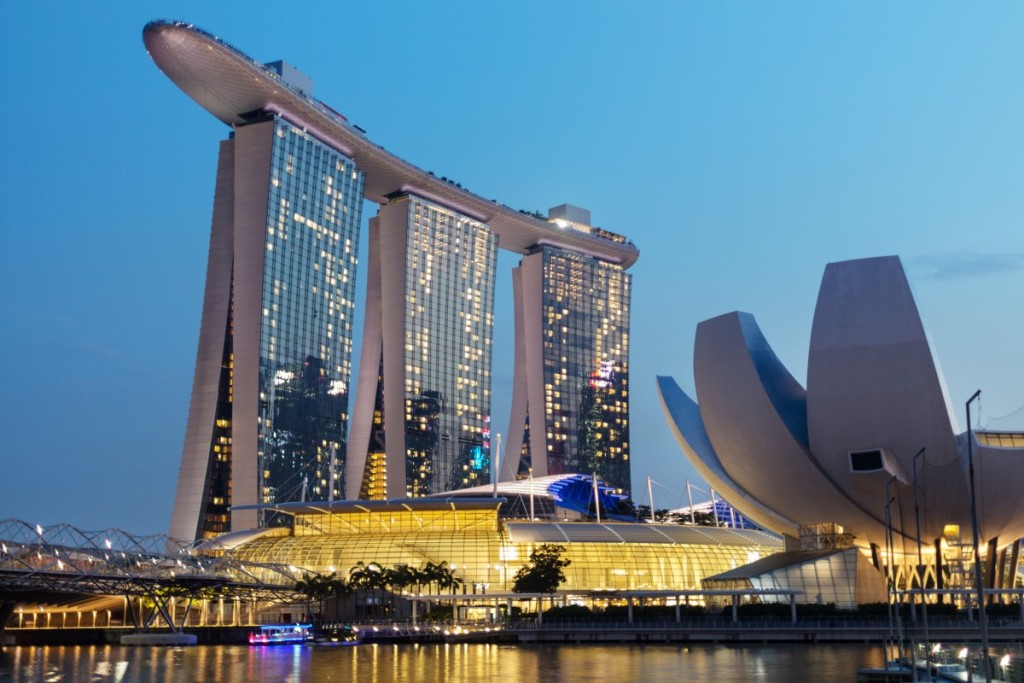While planning my itinerary for a trip to Singapore, I came across a video that revealed the hidden beliefs behind the city's iconic architecture. It was fascinating to discover how ancient traditions have shaped the modern landscape. Here, I share some well-known landmarks and the underlying beliefs behind their design.
Singapore is celebrated for its rapid economic development and the unique fusion of tradition with modernity. Among the many cultural practices that flourish in this bustling city-state is a centuries-old Chinese tradition of spatial arrangement and energy flow that has significantly influenced both public and private spaces. This ancient practice aims to harmonize individuals with their surroundings, and in Singapore, it has become an integral part of urban design and architecture, subtly shaping the layout and structure of many buildings.
The Merlion and the Singapore Flyer: Symbols of Prosperity
The influence of this ancient art is visible in the strategic placement of landmarks such as the iconic Merlion and the Singapore Flyer. The Merlion was relocated from its original site due to concerns that its initial position was obstructing the natural flow of positive energy. Many believe that this change helped Singapore recover from the 1998 Asian financial crisis. The Singapore Flyer, one of the largest observation wheels in the world, initially rotated in a direction that was said to send wealth away from the city. The direction was later reversed to ensure prosperity flowed into Singapore.
The Rain Vortex: A Symbol of Wealth and Water
A striking example of this philosophy in modern architecture is Jewel Changi, specifically its Rain Vortex—the largest indoor waterfall in the world. In Chinese tradition, water symbolizes wealth, and the continuous inward flow of water at the vortex is thought to represent the steady accumulation of prosperity. The overall design of Jewel Changi incorporates elements of balance and harmony through its alignment with the five natural elements: wood, fire, earth, metal, and water. This creates a space that is not only aesthetically pleasing but also considered auspicious for wealth gathering.
Marina Bay Sands: A Structure for Retaining Wealth
Marina Bay Sands is another example where this ancient practice has influenced design. Its three-tower structure is said to resemble outstretched fingers, symbolically grasping and holding onto wealth. The orientation and architectural form are believed to capture and retain positive energy within the complex, contributing to its reputation as a successful commercial and entertainment hub.
The Fountain of Wealth: A Symbol of Prosperity
At Suntec City, the Fountain of Wealth stands as a symbol of abundance. Similar to the Rain Vortex, the inward flow of water here is interpreted as representing the accumulation of prosperity. The five surrounding towers, often seen as five fingers grasping wealth, correspond to the five natural elements, creating a harmonious environment that is believed to attract success and prosperity to Suntec City.
The Protective Coin: A Symbol of Stability
Singapore’s one-dollar coin also reflects this philosophy. It features a Bagua, an ancient symbol traditionally used to ward off negative energy. Introduced during a period of economic uncertainty, the coin was designed with the belief that it would protect the nation’s economy. The very fact that their citizens carried this symbol is said to have assisted in stabilizing Singapore's financial situation.
In a society that values practicality, this ancient tradition, popularly known as Feng Shui, though perhaps not universally accepted, remains a widely observed practice that continues to shape various aspects of life, from architecture to decision-making in real estate and business investments. Even with technological advancements like artificial intelligence and blockchain, many individuals and businesses still consult experts in this field to ensure success.










